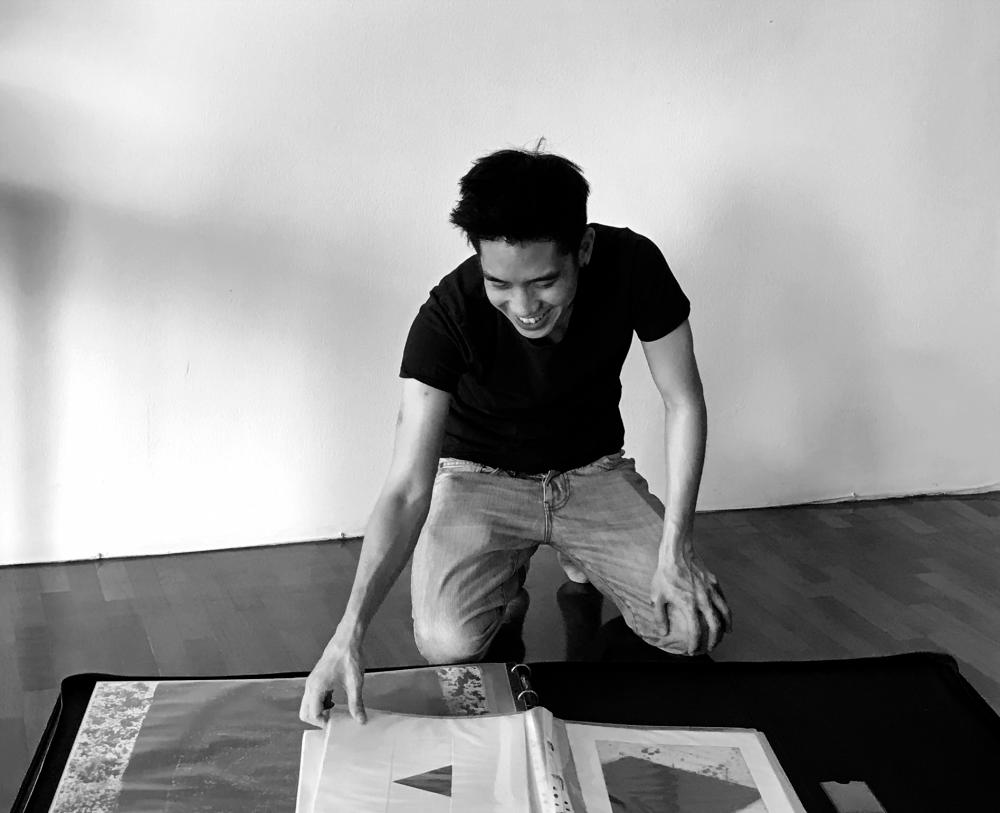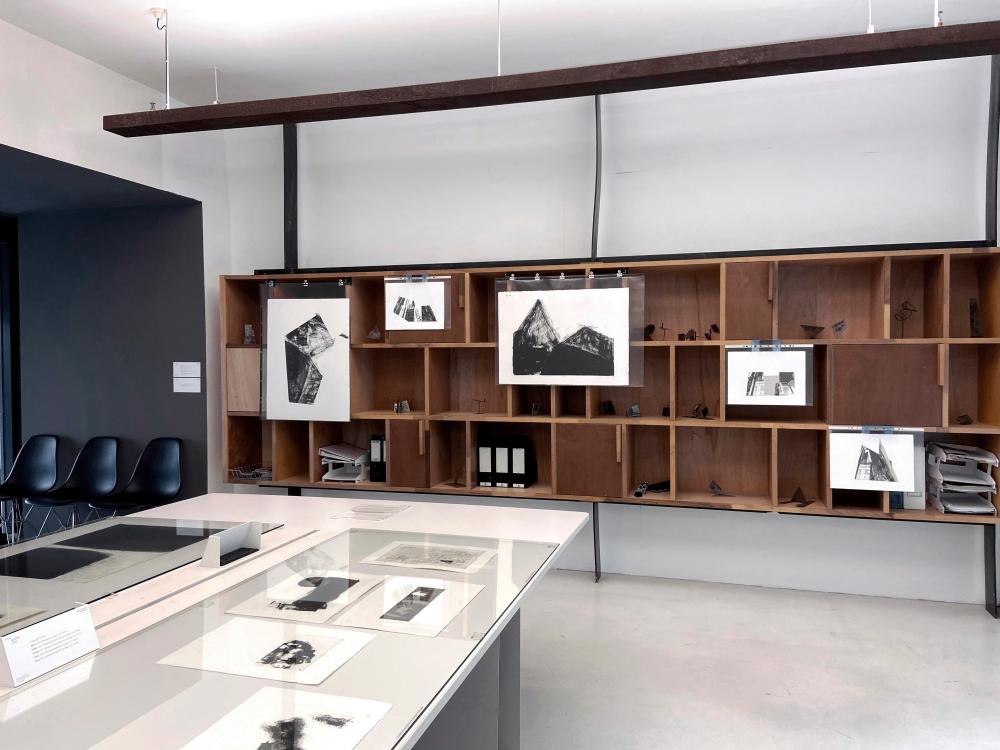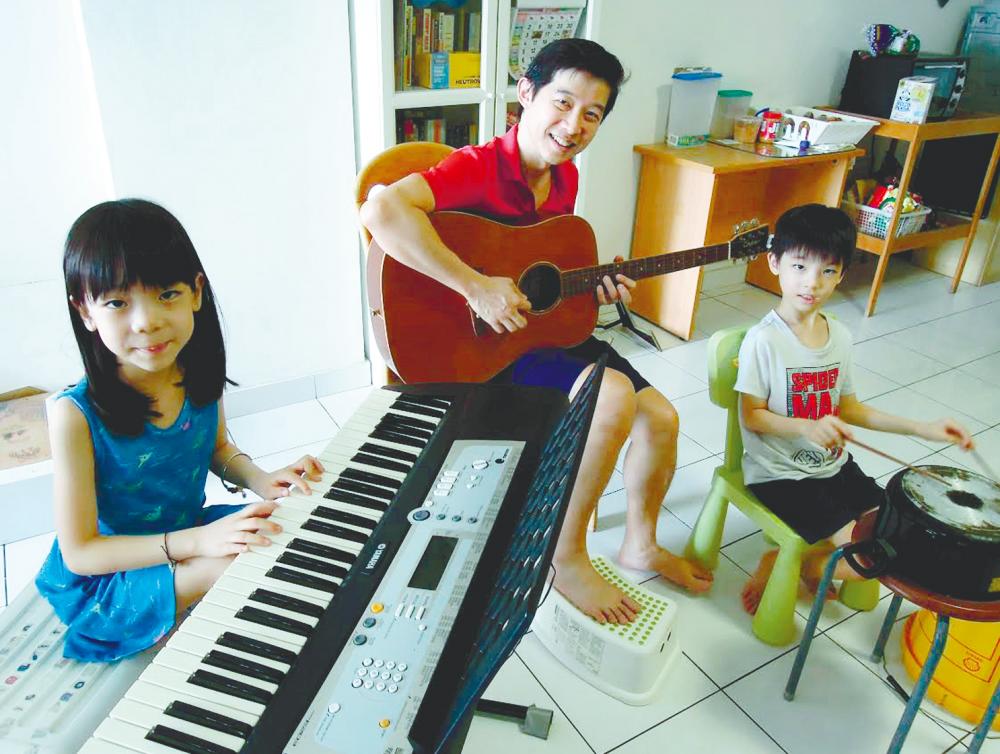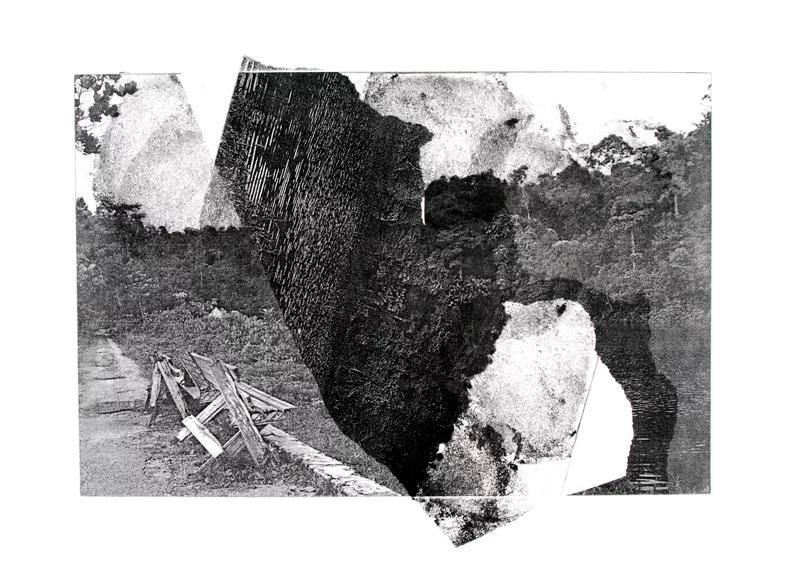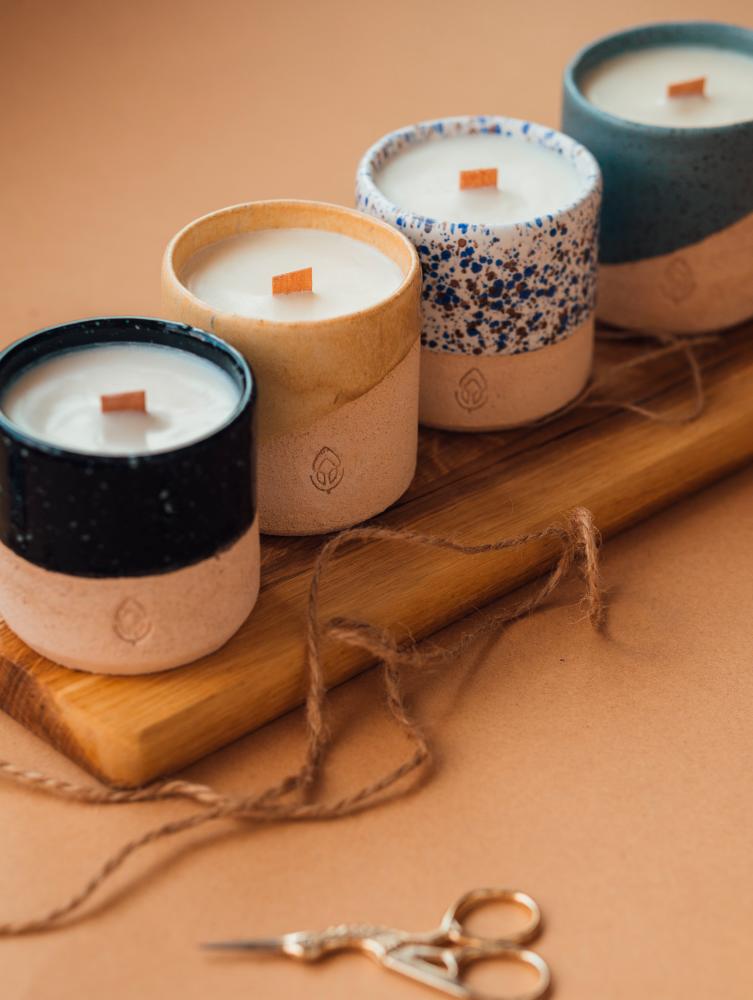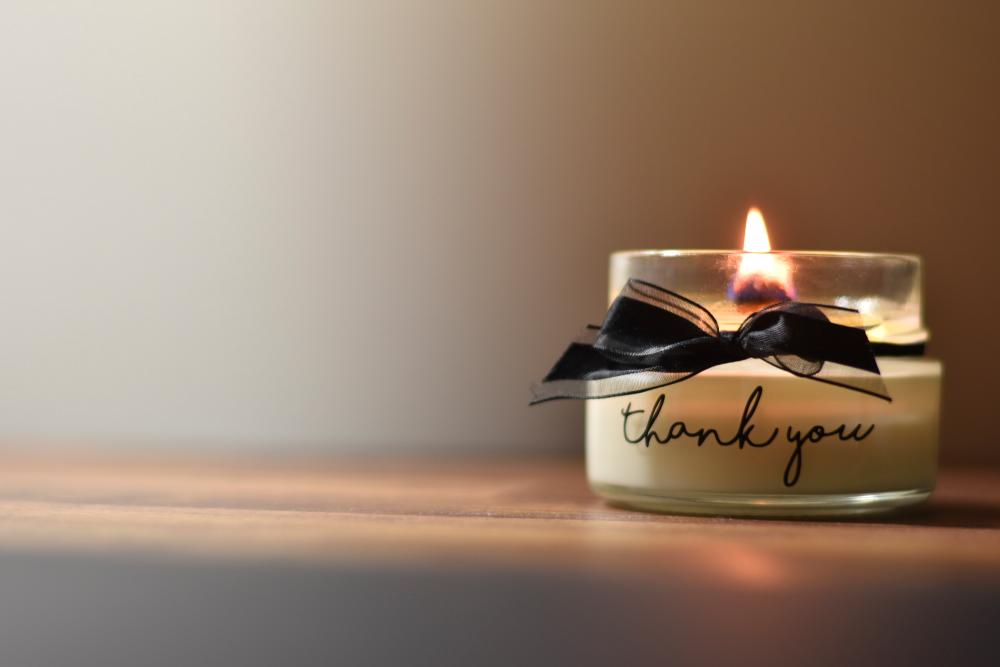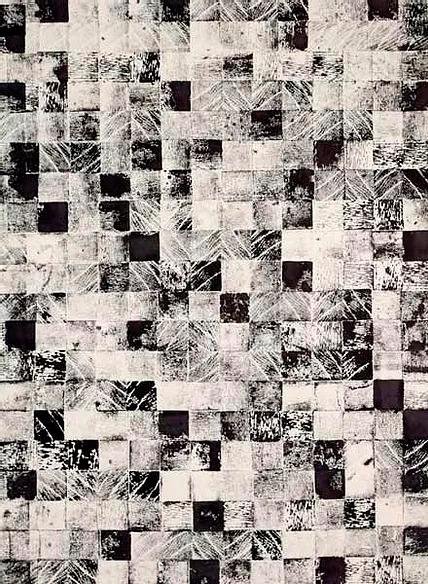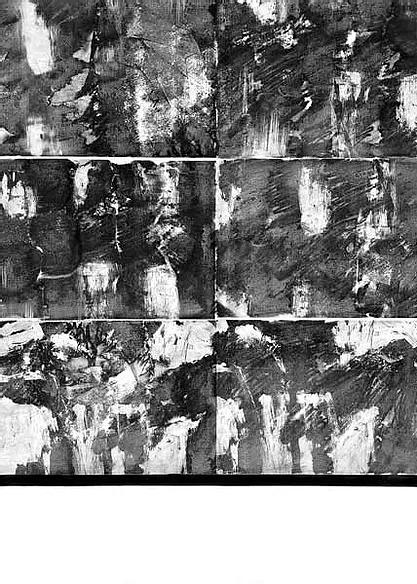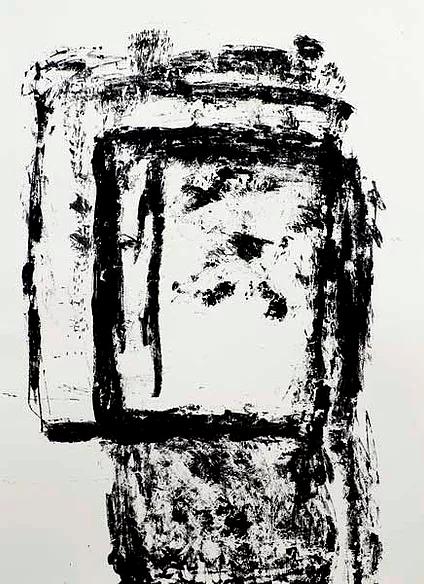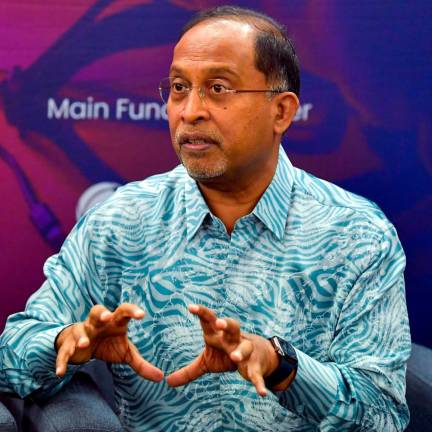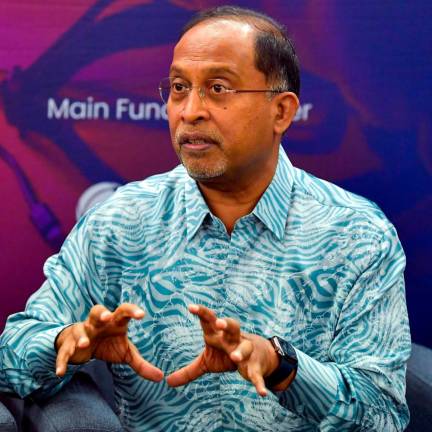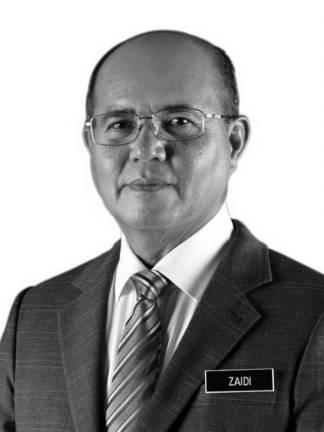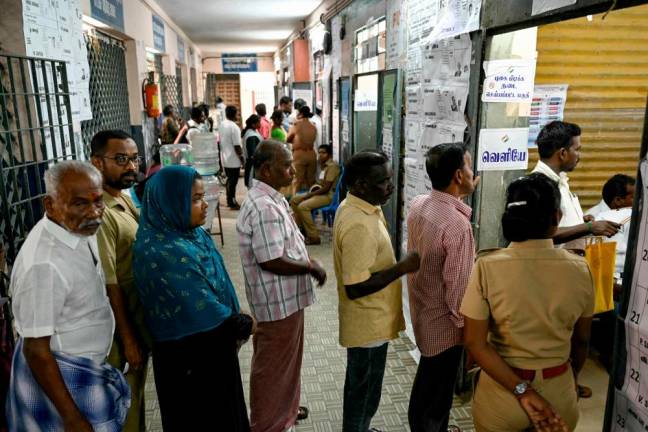FASCINATED by modern architectural culture and fluctuating urban developments, experimental printmaker Mark Tan set out to interpret the effect of the rapid growth of modernisation.
An alumni of Drawing and Applied Arts from the University of the West of England, Tan returned to Kuala Lumpur in 2014, where he started investigating the spatial relationship between architectural culture and the identity of a city, through printmaking.
Informed by fragments of memory hidden in the recesses of his mind from past observation and photographs, Tan began to construct and deconstruct the origin of his memories in a process that involved discovering what marks must be made on the paper.
His most recent solo exhibition A Collapsible Time, held at the offices of award-winning architectural firm Zlgdesign in Kuala Lumpur, was the ideal entry point for understanding his inspirations and practice, thus bridging the gap between the two disciplines – art and architecture – while forging a deeper sense of respect for both.
The exhibition featured over 60 works that were arranged chronologically from 2014-2019, during which Tan’s rigorous practice shifted alongside Malaysia’s continuous cycle of building and redevelopment, resulting in an abstract study of architecture that reads like an oracle of the rise and fall of postmodernism and metamodernism.
It represents the linear timeline of the country’s progressing modernity that has since collapsed and mutated, reflected through Tan’s initial hard-edged paintings with structural clarity, to a more fluid and ambiguous form in a painterly manner.
His abstract and expressive gestures denote the tension between chaotic and controlled changes in the fickle urban landscape rendered by demolished buildings, barren lands, construction sites and new builds.
His dynamic compositions on paper are nonchalant yet seemingly calculated, and among the diverse shapes, some geometric and others organic, were references of man-made structures.
“Printmaking provided an alternative way of seeing; by depicting the present and the physical state of KL, I’m able to speculate the prospects of an abstract future. It also plays with the idea of death and rebirth,” Tan said.
He is evidently influenced by abstract expressionist works, such as the chromatic abstraction of Mark Rothko, and the gestural abstraction of Jackson Pollock and Willem de Kooning.
“However, Franz Klien struck a chord with me the most,” Tan explained. “He captured the constant building and demolishing of New York in the post-WWII atmosphere.
“Like many abstract painters who referenced Eastern artists, particularly Sumi-e paintings, Klein also explored a similar aesthetic in his monochromatic paintings with Japanese calligraphy. As an Asian, the same Eastern sensibility has always been in me, where I attempted to merge East and West in my work.”
During his contemporary investigations and experimentations into the dexterity of printmaking, Tan applied charcoal, oil, enamel paint and other materials into his techniques of printmaking, predominantly silkscreen, etching, monoprints and collage. His prowess for the intimate and tactile process turned printmaking into an act of pleasure.
He says: “The impression is that the printmaking process is fixed but on the contrary, you can always change things up for various desirable outcomes. The possibility is nearly limitless.
“Its process may be tedious but the true beauty lies in its versatility. You can apply printmaking practically on anything – wood, plastic and metal; and for all I know, it’s one of the most forgiving media that encourages and allows you to explore various materials and objects to work with.”
Tan also ventured outside the canvas as an artist. Some of his old etching plates have been made into industrious sculptural assemblages in the image of architectural spectacles as a counter-project to the highly-cultivated prints.
He explained: “Sometimes you get bored with what you do. I still absolutely love working with paper, but I think it’s crucial to also push boundaries, rather than to hold yourself back due to the restricting nature of print on paper.”
A Collapsible Time showed how Tan’s myriad configurations of printmaking could perhaps challenge the viewers’ assumption of what a finished painting is, whereby a beautiful and well-composed painting is not necessarily an accomplished painting.
“It’s true, and as long as the artwork can spark discourse and create dialogue, regardless of whether it is ugly or beautiful, art has done its job.
As everything else in life, there is no one way to appreciate and understand art; as seen in the eternal debate over what constitutes art.”



